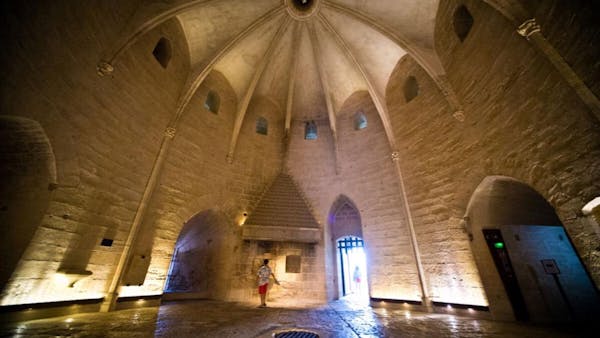THE ROMAN EMPIRE UNDER DIOCLETIAN
Europe in 300 AD was firmly under the control of the Roman Empire, and Christians, in general, were hunted and persecuted throughout the Empire. From Nero to Diocletian the persecution was relentless and unforgiving, encompassing every conceivable form of torture from the stake to the Colosseum and Circus Maximus as fodder for the hungry beasts and the entertainment of the Roman mob. Writing about the impact of Christian martyrdom in the Roman Empire in 197 AD Tertullian wrote: “the blood of martyrs is the seed of Christians” and so it was, for every martyr burned at the stake a score of new converts sprang up in his place almost overnight.
Diocletian’s rule claimed the lives of more Christians than any of the other emperors before him. Under him, the legal rights of Christians were rescinded and they were forced to submit themselves to Paganism on pain of death leading many of them to choose death before dishonoring their redeemer. Diocletian was also a controversial figure in the history of the Imperial Rome, best known for dividing the Roman Empire into two halves to stem the rising tide of chaos in the wake of the relentless spread of Roman power across the known world. The Western Empire was ruled from Rome while the Eastern Empire, later known as the Byzantine Empire, was ruled from Istanbul in Turkey.
Diocletian ruled the empire under a tetrarchy or a rule of four, with himself as Emperor, Maximian as Augustus or Co-Emperor and Galerius and Constantius as Caesar or Junior Co-Emperors. Constantius’ son Constantine was a prime candidate to take over his father’s position as Caesar and so was kept by Diocletian at his court where he was educated and trained. Constantine served Diocletian as a military tribune and later joined his father to campaign in the west, settling for a time in Britannia (Britain).

